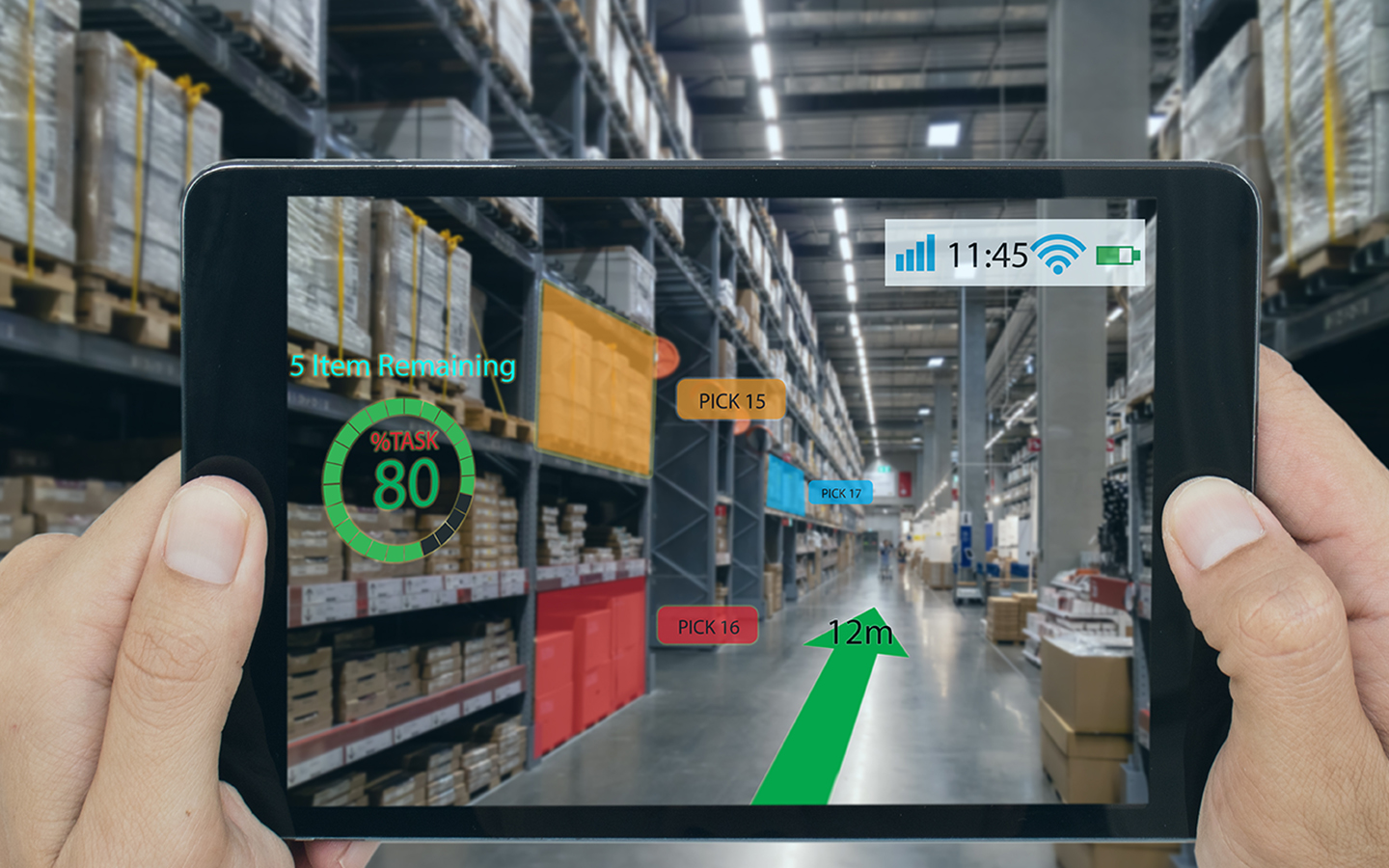Hong Kong: a city on hold
Hong Kong's core business strengths remain despite all it has gone through in the last three years, says Tara Joseph, the outgoing head of the city’s American Chamber of Commerce....

by Mark J. Greeven Published 9 December 2021 in Asian hub • 8 min read

Though Chinese retail evolves by the day, already five key trends stand out.
“Lifestyle commerce” is built around ecosystems that can deliver all the products and services anyone desires. Clearly, no individual company can come close to supplying this kind of demand. The answer that China has come up with to this dilemma is “super-apps”, which gather and integrate third-party businesses to deliver the whole gamut of products and services anyone might need or want. Through these super-apps have emerged the holy grail of consumer marketing: the means to make each consumer the center of attention in a way that was never possible in the old, brick-and-mortar world.
The third trend involves broader access to basic affordable daily use for the 600 million people in China who earn $150 or less each month. The driver here is Pinduoduo, a technology platform that began life focusing on urban needs and its invention of “social commerce”: online retailing aimed at groups of people, not individuals.
Presenting buying as fun, Pinduoduo persuaded friends to recommend things to each other, then band together to get group discounts. The idea took off on a massive scale, quickly moving beyond its initial target mark to include people at all levels of society. Today, the company has more than 800 million users, more even than Alibaba.
The fourth new concept in China’s retail revolution is livestream retailing. Its origins can be traced to Taobao, and it was popularized by Douyin, the country’s domestic version of TikTok, and is characterized by its encouragement of content creators, some of whom made the app a marketing tool for their favorite products. This is a challenge all companies face: finding a way to overcome the problem of choice for consumers. Looking for a source of trust, people found this body of people acting independently of goods and brands they recommended.
Of course, companies now work with the livestreamers, who in turn benefit through commissions. But the fact remains that in China, the power these people wield is enormous: in a world of effectively unlimited choice, they have become the gateway through which billions of dollars-worth of goods are sold each week.
The final new retail concept is “invisible commerce” or videos of a seemingly ordinary person who makes no specific product recommendations. Potential consumers watch these videos, covet the lifestyle and want to buy the products seen on screen.
The best illustration is the Chinese influencer Li Ziqi, who is known for creating food and handicraft preparation videos in her hometown of rural southwest China, often from basic ingredients and tools using traditional Chinese techniques. Li never promotes any specific product and rarely even speaks in her videos – the sounds of nature, cooking, and calm music are most prominent, though the non-commercial videos do convert millions of followers to be loyal to her food brand. Selling without promoting – invisible commerce- is a novel concept and worthy of attention.
Any forms of new commerce – online, social or live streaming – will remain transactional in nature, and will only have lasting financial benefit when we have built a solid infrastructure to capture our interactions with the customer across all touchpoints. In this way, we will become truly omnichannel, and nurture a lifetime relationship with each customer.”- Edwin Yap Hawson, President, Central Marketing Group, CENTRAL Group of Companies

So how should leaders, inspired by China’s retail revolution, transform their organizations if they want to deliver?
The key to resolving this problem lies in thinking through the consequences of having a truly consumer-centric business. In these circumstances, it no longer makes sense to think of having separate sales, marketing, public relations or other arms, but rather of coming up with a whole new operating model that combines these internal processes. Many retail models focus on customer experience innovation through digital channels. But new retail is distinguished by its focus on digital transformation, which integrates the entire supply chain from sourcing through manufacturing to delivery to end user experience. This way, new retail puts the customer at the center through front end and back end digital transformation.
In this new world, it also makes little sense to think in terms of channels; the key challenge is to think of the different ways in which you can engage the consumer. As China has shown with the ecosystem built around super-apps, there are ways – but it is not easy. Still, with this renewed focus, the opportunity for companies to deliver what their consumers actually want, and in a direct, seamless and efficient way, is enormous.
Making sense of this calls for new ways of thinking – often requiring rich experience and know-how to be turned on its head. As Edoardo Tocco, President, Balenciaga Asia Pacific, a participant in the Industry Dialogue Series observed, “We no longer sell products, we sell experience.”
Much remains to be explored in this new retail world – and even more issues remain to be addressed. As Irene Lau, Managing Director, Watsons Singapore, noted, while livestreaming clearly works well in China, its applicability in a smaller market such as Singapore remains an open question: “China’s innovation in e-commerce is intriguing. Driven by imagination, pace and such mass adoption, this convergence of commerce and entertainment sets a good reference point for Singapore to adapt off.”
There are also question marks over how replicable learnings in one retail sector might be for others. “We’ve just launched a super-app and an e-commerce solution,” said Mark Sage, COO, DFI Retail Group. “We know this can work for beauty, but what about groceries?”
Still, there is one thing that is certain: China stands at the center of world retail innovation. The revolution launched by its livestreamers, super-apps, social commerce and other new practices has only just begun.

Professor of Innovation and Strategy at IMD
Mark Greeven is Professor of Innovation and Strategy at IMD. His consultancy work has included advising companies including X5 Retail Group, Richemont, Orkla and Luxottica Group on their retail and other strategies. His most recent book is The Future of Global Retail: Learning From China’s Retail Revolution (Routledge, 2021), written in partnership with Winter Nie, Yunfei Feng and James Wang. He is the co-director of the Asian Innovation strategies program.
19 January 2022 • by Janice Wang in Asian hub • 9 min read
From its base in Hong Kong, Alvanon has come to dominate the world’s physical and digital mannequin industry. Its goal now, says CEO Janice Wang, is developing technologies that will make the...
21 December 2021 • by Howard H. Yu in Asian hub • 7 min read
COVID-19 is forcing corporations into radical transformation. The Future Readiness Indicator shows who is winning, and how to prepare and respond to tomorrow’s disruptions. ...
17 December 2021 in Asian hub • 4 min read
With COVID-19 and fallout from the US-China trade war, global supply chain managers have had much on their plates recently. Next up: coping with climate change and integrating Africa, says Mark Slade,...
9 December 2021 • by Mark J. Greeven in Asian hub • 8 min read
By putting the consumer’s needs at the center, China’s retail companies have rethought the value chain and reinvent the retail model, delivering a greater and more relevant retail experience to consumers, argued...
22 November 2021 • by Peter Vogel, Yunfei Feng, Lise Møller in Asian hub • 5 min read
Many Chinese entrepreneurs who set up businesses during the economic liberalization of the late 1970s and 1980s are nearing retirement age without a willing or well-prepared family heir. It’s a timely reminder...
3 November 2021 • by Alicia García Herrero in Asian hub • 3 min read
Faced with an inevitable slowing of economic growth, Xi Jinping is driving a sea change in China, says Alicia García-Herrero, Chief Economist for Asia Pacific at Natixis. ...
21 October 2021 • by Bin Li in Asian hub • 4 min read
The first online loan products for SMEs in China to be offered through mobile channels come thanks to the country’s recent fintech revolution. We spoke to Bin Li, Chief Researcher of Fintech...
20 October 2021 • by Xiang Bing in Asian hub • 16 min read
Since 1979, the market economy and global free competition has created unprecedented economic development and wealth creation. However, this has also led to massively uneven distribution of income and wealth, a decline...
Explore first person business intelligence from top minds curated for a global executive audience